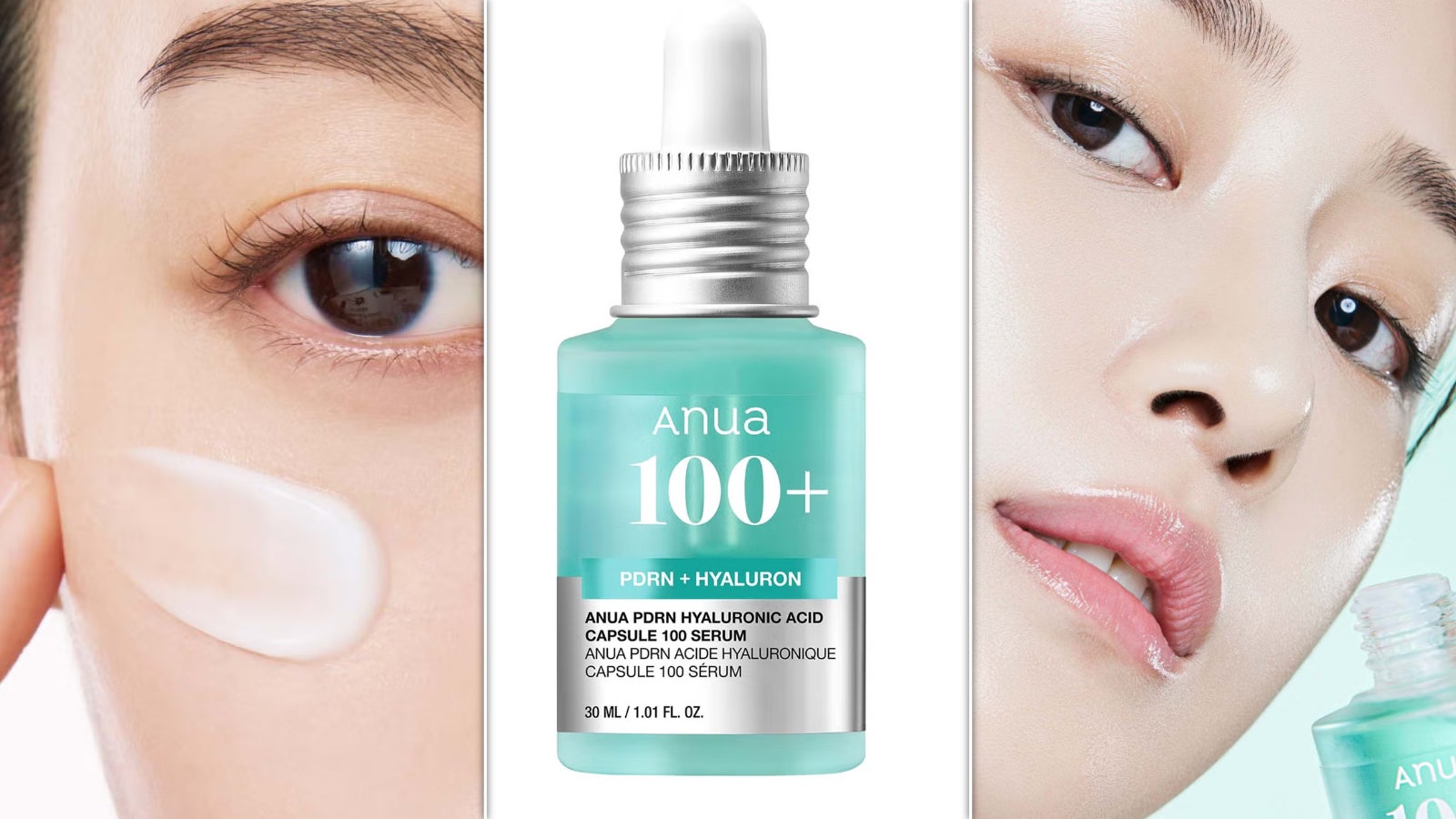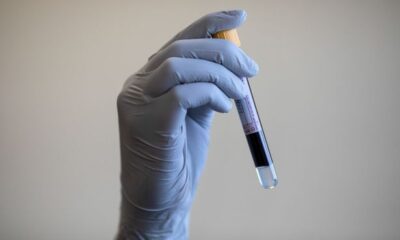Health
PDRN: The Salmon-Derived Ingredient Revolutionizing Skincare

The skincare world is buzzing with excitement over polydeoxyribonucleotide (PDRN), a unique ingredient derived from salmon DNA fragments. Initially known for its role in wound healing, PDRN has emerged as a promising anti-ageing agent, drawing interest from both consumers and dermatologists alike. Notably featured on popular platforms, the ingredient is gaining traction in the K-beauty market, where it is celebrated for potential skin benefits.
PDRN has been highlighted in scientific literature for its ability to promote angiogenesis, which is the formation of new blood vessels. A study published in 2022 suggests that PDRN can enhance cellular activity, stimulate collagen synthesis, and assist in soft tissue regeneration. Researchers described it as a “promising skin anti-ageing agent,” with potential effects that counteract the visible signs of skin ageing.
Understanding PDRN’s Benefits
While many users report significant benefits from PDRN, dermatologists note that its effects are most pronounced when injected directly into the skin. However, topical applications are still believed to offer some advantages. Combining PDRN with hydrating agents like hyaluronic acid may amplify its anti-ageing properties. For instance, products like Anua’s PDRN Hyaluronic Acid 100 Moisturising Cream claim to leave skin feeling “soft, plump and velvety,” while promoting a dewy, luminous complexion.
Dr. Mona Gohara, a dermatologist, acknowledges the science behind PDRN’s healing properties. In an interview with TODAY, she stated, “There’s real science showing PDRN can stimulate wound healing and collagen production, but most of that data comes from medical use.” She cautions against overstating the ingredient’s capabilities, describing it as “almost like giving your skin blueprints to rebuild itself.”
Users of PDRN products have reported achieving a “glass skin” effect, characterized by a smooth, reflective surface. This trend has generated significant interest, prompting many to experiment with PDRN-infused skincare lines. As consumers continue to explore the ingredient, the question remains whether it can truly deliver on its anti-ageing promises.
The Growing Popularity of PDRN in Skincare
As the demand for innovative skincare ingredients rises, PDRN is becoming a staple in many beauty routines. Its origins and unique formulation resonate particularly with fans of K-beauty, where unconventional ingredients often take center stage. While the concept of using salmon-derived components in skincare may initially seem unusual, the scientific backing is encouraging.
Products containing PDRN are increasingly available in beauty stores and online platforms, reflecting a broader trend of integrating advanced scientific research into everyday skincare. As more studies emerge, consumers can expect to see a refined understanding of how PDRN can benefit skin health and appearance.
In conclusion, PDRN represents a fascinating convergence of science and beauty. As interest in this ingredient grows, it opens the door to new possibilities in skincare that extend beyond traditional formulations. Whether through injections or topical applications, PDRN’s journey in the beauty industry is just beginning, inviting users to embrace the potential for rejuvenated skin.
-

 Entertainment3 months ago
Entertainment3 months agoAnn Ming Reflects on ITV’s ‘I Fought the Law’ Drama
-

 Entertainment4 months ago
Entertainment4 months agoKate Garraway Sells £2 Million Home Amid Financial Struggles
-

 Health3 months ago
Health3 months agoKatie Price Faces New Health Concerns After Cancer Symptoms Resurface
-

 Entertainment3 months ago
Entertainment3 months agoCoronation Street’s Carl Webster Faces Trouble with New Affairs
-

 Entertainment3 months ago
Entertainment3 months agoWhere is Tinder Swindler Simon Leviev? Latest Updates Revealed
-

 Entertainment4 months ago
Entertainment4 months agoMarkiplier Addresses AI Controversy During Livestream Response
-

 World2 weeks ago
World2 weeks agoBailey Announces Heartbreaking Split from Rebecca After Reunion
-

 Science1 month ago
Science1 month agoBrian Cox Addresses Claims of Alien Probe in 3I/ATLAS Discovery
-

 Health4 months ago
Health4 months agoCarol Vorderman Reflects on Health Scare and Family Support
-

 Entertainment2 weeks ago
Entertainment2 weeks agoCoronation Street Fans React as Todd Faces Heartbreaking Choice
-

 Entertainment4 months ago
Entertainment4 months agoKim Cattrall Posts Cryptic Message After HBO’s Sequel Cancellation
-

 Entertainment3 months ago
Entertainment3 months agoOlivia Attwood Opens Up About Fallout with Former Best Friend



















